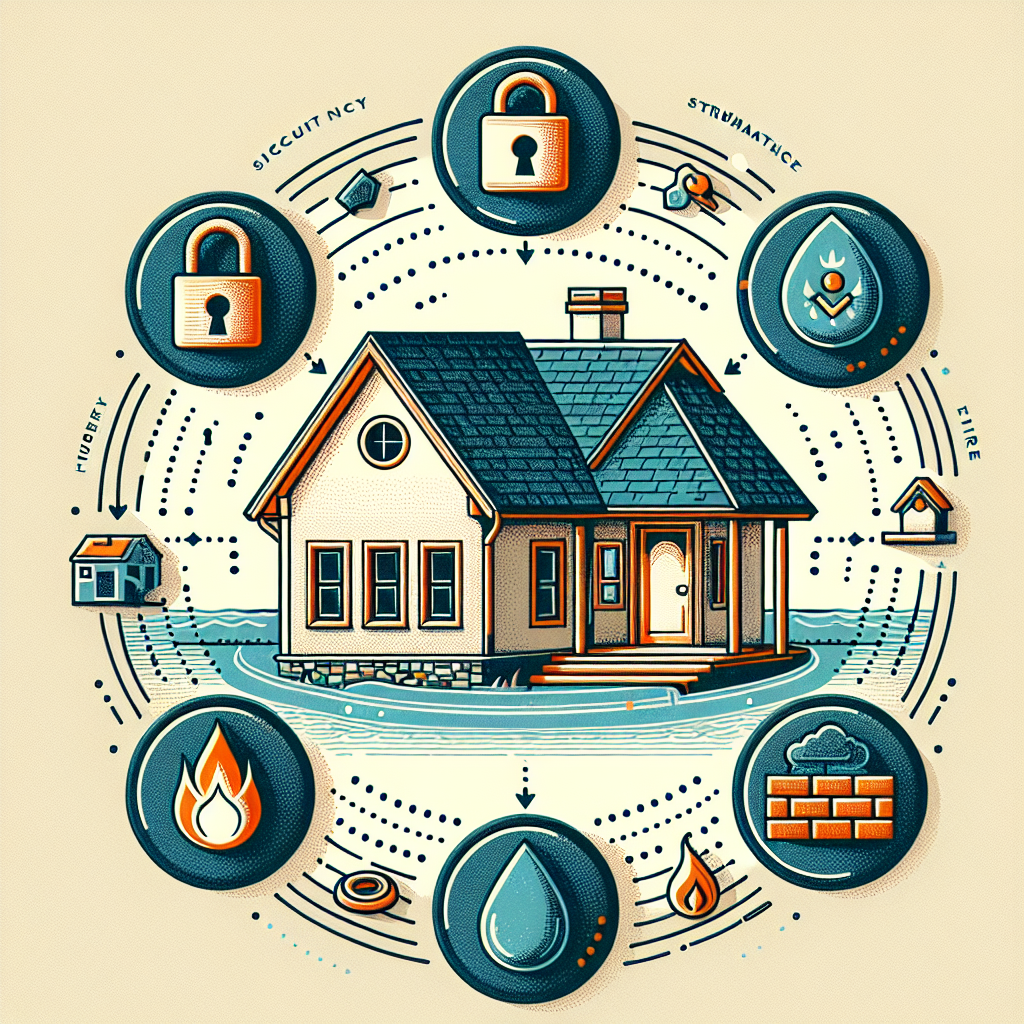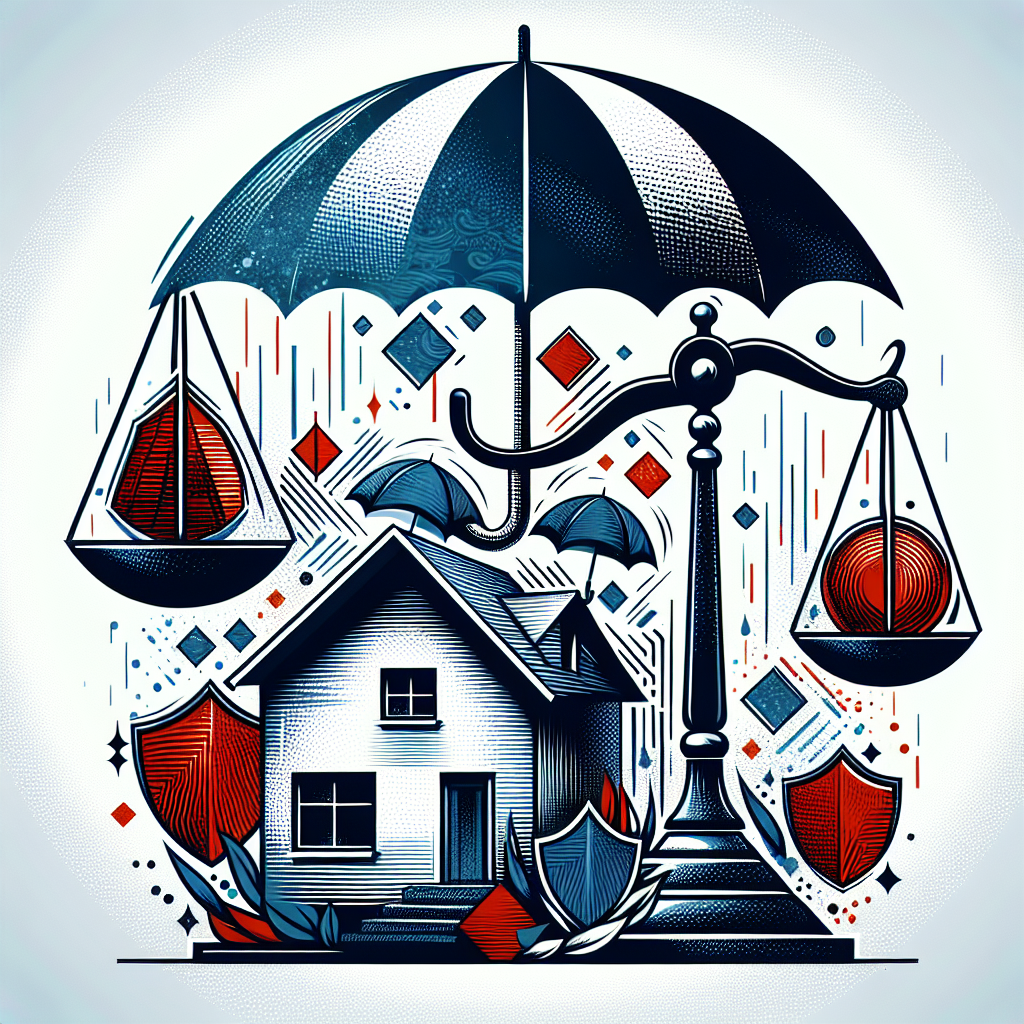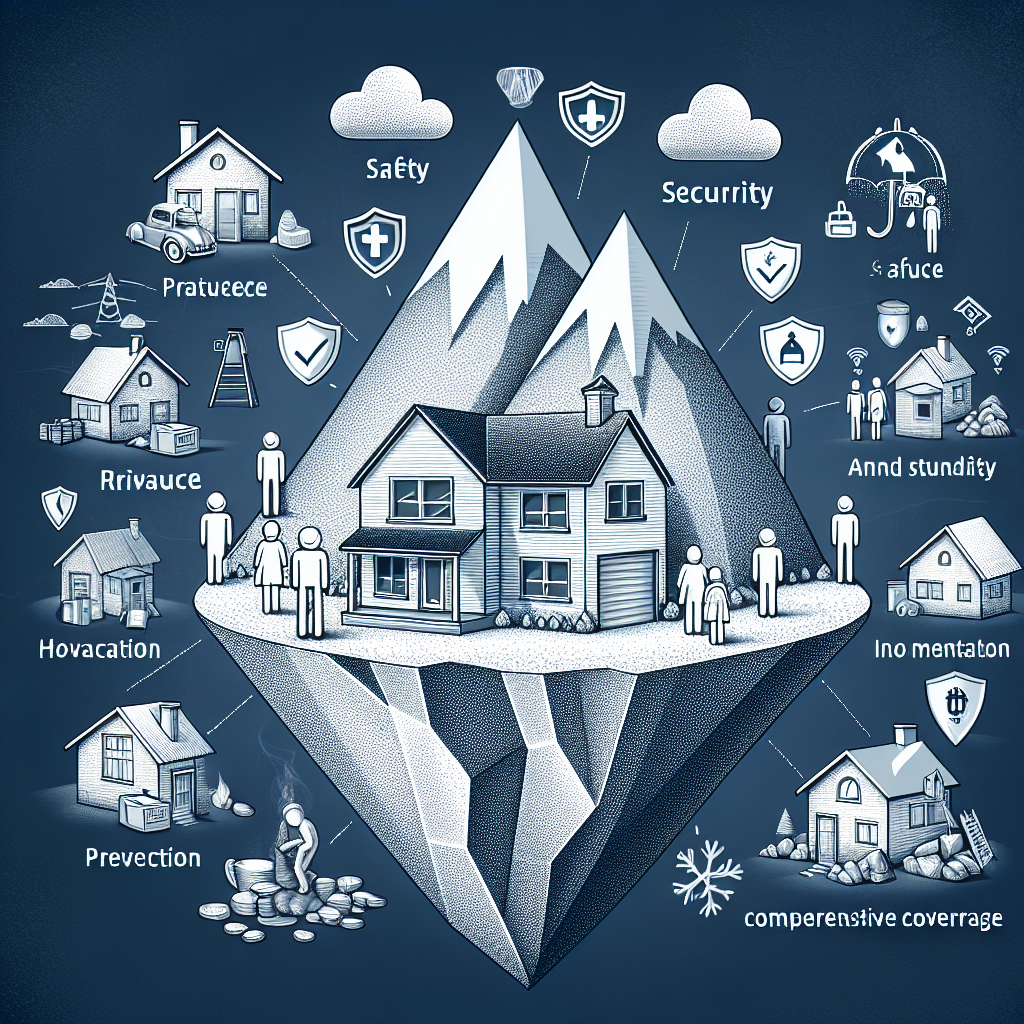Filed under Home Insurance on
Understanding Home Insurance Coverage Basics

In the complex world of homeownership, understanding home insurance coverage basics is not just advisable—it's essential. Whether you're a first-time buyer or a seasoned homeowner, comprehending the ins and outs of home insurance can save you financial headaches down the road. This article provides a thorough explanation of home insurance coverage basics, ensuring you're equipped with the knowledge to make informed decisions.
What is Home Insurance?
Home insurance, also known as homeowners insurance, is a policy that provides financial protection against losses or damages that may occur to your property and belongings. This insurance not only safeguards the structure of your home but also covers your possessions and the potential liabilities related to homeownership. Essentially, home insurance ensures that unforeseen events don't jeopardize your financial stability.
Main Components of Home Insurance Coverage
To fully grasp home insurance coverage basics, it's crucial to break down its main components:
1. Dwelling Coverage
Dwelling coverage is the cornerstone of most home insurance policies. It covers the physical structure of your home, including the walls, roof, and built-in appliances. In case of covered perils like fire, windstorm, or vandalism, dwelling coverage ensures that the structural integrity of your home can be restored or rebuilt.
2. Personal Property Coverage
This coverage protects against loss or damage to your personal belongings both inside and outside your home. From furniture and electronics to clothing and jewelry, personal property coverage offers peace of mind by ensuring that your cherished items are protected against covered events.
3. Liability Coverage
Liability coverage kicks in if someone is injured on your property or if you accidentally cause damage to someone else’s property. This component covers legal fees and medical expenses, providing a financial buffer in case of lawsuits or claims.
4. Additional Living Expenses (ALE)
In the event your home is rendered uninhabitable due to a covered loss, additional living expenses (ALE) coverage will help pay for temporary living costs such as hotel bills, dining out, and other necessary expenditures until your home is livable again.
Types of Perils Covered by Home Insurance
Understanding home insurance coverage basics means recognizing the perils typically covered under a standard policy. These often include:
- Fire or smoke
- Theft and vandalism
- Windstorms and hail
- Lightning strikes
- Falling objects
It's important to remember that flood and earthquake damages often require separate policies, as they are not covered under standard homeowners insurance.
Importance of Understanding Your Home Insurance Policy
Diving deep into your policy's details is crucial for understanding home insurance coverage basics. Here's why:
1. Tailoring Your Coverage
Every home is unique, and so are its insurance needs. By understanding the policy components, you can tailor your coverage to match your specific requirements, ensuring you're neither over-insured nor under-insured.
2. Avoiding Surprises
The last thing you want in a crisis is to discover gaps in your coverage. Familiarizing yourself with the nuances of your policy helps eliminate any unpleasant surprises in the face of an incident.
3. Cost Management
Understanding the factors that influence your insurance premiums enables you to manage costs more effectively. Factors like your home's location, age, and security systems can all impact your policy’s price.
Current Industry Trends in Home Insurance
With technological advancements and evolving environmental challenges, the home insurance landscape is continually changing. Here's a glimpse into some current trends:
1. Usage of Smart Home Technology
Modern technology is playing an increasing role in home insurance. Devices such as smoke detectors, security cameras, and leak sensors can potentially lower premiums, reflecting how insurers assess risk in occupied properties.
2. Rise of Climate-Related Coverage
As climate change leads to more frequent natural disasters, insurers are reevaluating their coverage parameters. This shift has led to more specialized policies, such as wildfire or hurricane insurance, becoming essential add-ons in specific regions.
3. Impact of Big Data and AI
Insurance companies are leveraging big data and artificial intelligence to better predict risks and set premiums. This approach improves accuracy in risk assessment and often benefits homeowners with safer profiles.
Expert Opinions on Home Insurance
Industry experts agree that one of the most crucial aspects of home insurance is continually reviewing and updating your policy. A leading authority in the field says, "Homeowners should treat their insurance policy as a living document, regularly assessing changes in their home environment and life circumstances to ensure their policy fits current needs."
Furthermore, consulting with insurance agents can provide clarity on complex policy terms and conditions, enhancing your understanding of home insurance coverage basics.
Steps to Optimize Your Home Insurance Policy
- Assess Your Coverage Needs: Evaluate your property and belongings to determine necessary coverage levels.
- Shop for Multiple Quotes: Comparing quotes from different insurers helps secure the best rates and coverage options.
- Bundle Insurance Policies: Many insurers offer discounts for bundling home insurance with auto or other policies.
- Implement Safety Features: Installing alarm systems or smoke detectors can qualify you for discounts on premiums.
- Review Policy Annually: Regular reviews ensure that your coverage aligns with your evolving needs and circumstances.
Conclusion
Understanding home insurance coverage basics lays the foundation for sound financial planning and risk management. As a homeowner, taking the time to learn about your policy's intricacies not only safeguards your most valuable asset but also provides peace of mind. By staying informed and proactive, you can navigate the complexities of home insurance with confidence and ease.
As the industry continues to evolve with new technologies and environmental challenges, keeping abreast of trends and expert advice will ensure that you're always adequately protected. Remember, a well-structured home insurance policy isn't just an expense—it's an investment in your financial security and future.





